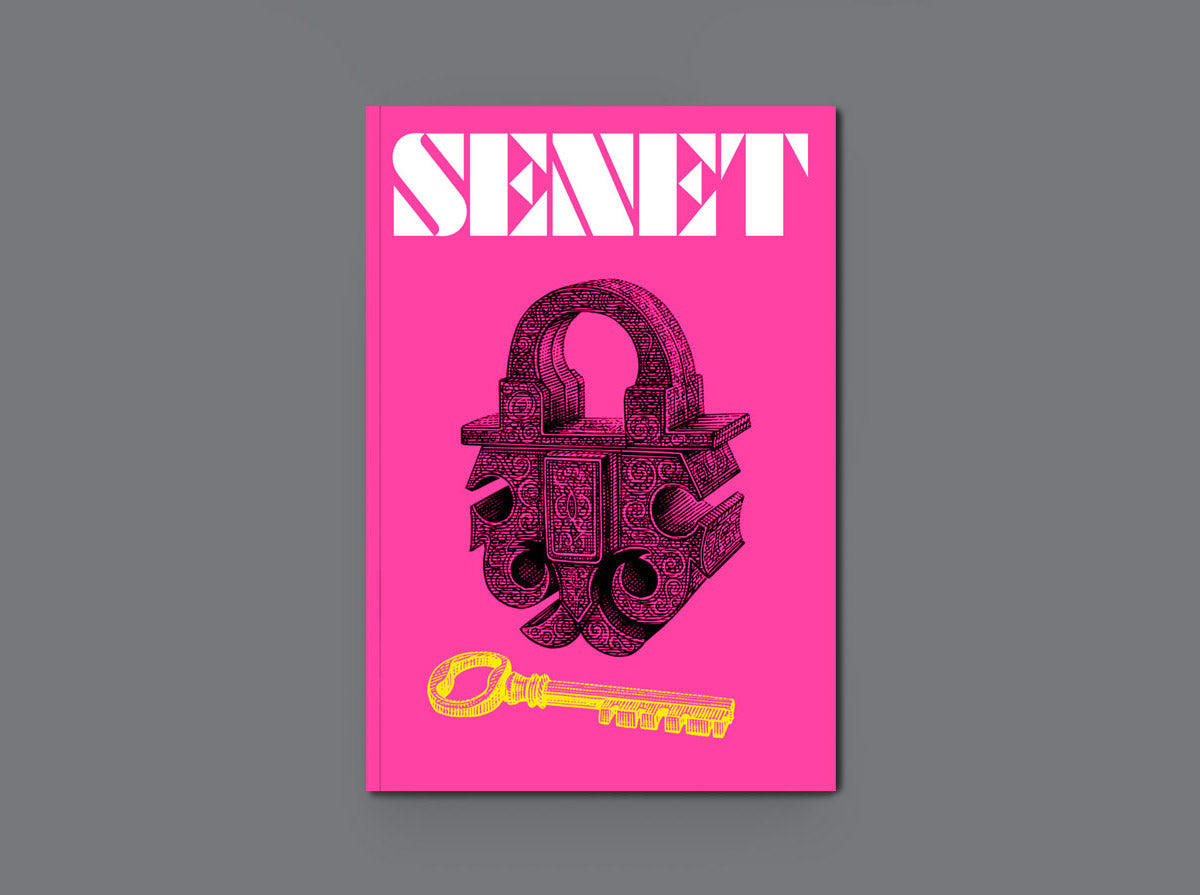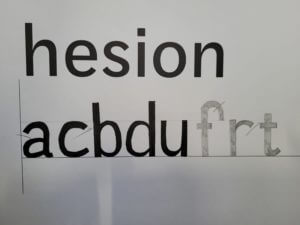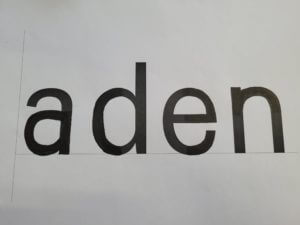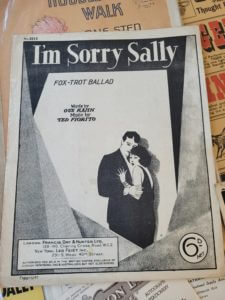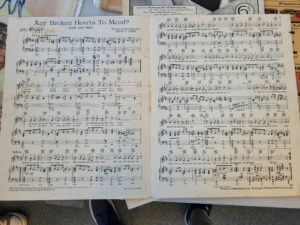In week 8 of Autumn term, we were joined by Penguin book cover designer David Pearson. In this session, David exhibited a wide range of exciting book covers, along with many tips for students in brainstorming ideas for designing book covers.
Designing a cover
David emphasised how typography and book covers should be experimented with, and that rejected concepts can often lead to more successful ideas in future. Furthermore, researching past designs can generate inspiration to produce more radical concepts, enriching our options for how we create different moods that suggest the content of books. David’s book cover for George Orwell’s 1984 is a perfect example of this, as he researched previous classic Penguin designs and noticed redacted words. His cover personifies ‘less is more’ with the title being hidden, which summarises the theme of secrecy in the book and gives readers intrigue into the contents.
‘Find a job or goal that works with the way you work’ – David Pearson
David Pearson’s 1984 cover design, which shows the redacted information of the title and the author
Source: https://designgallery.tumblr.com/post/47617395995/david-pearsons-1984-book-cover
‘You should always question your work; you need to constantly feel like your work could be improved’ – David Pearson
David’s lecture was particularly useful for first years, who are just getting into typography, as well as for Masters students, who gained knowledge from David’s years of experience. He encouraged students to follow design trends as well as understand design history, so that readers can recognise the book’s genre, as well as visually digest the content. David also emphasised the importance of working with a diverse group of people, as it introduces different insights and opportunities to experiment with styles, which an individual designer may not have considered exploring. Collaboration is a vital professional skill, as a designer will always be working with other people.
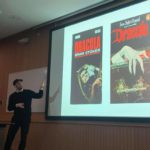
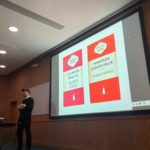
David sharing his thoughts on the Dracula book cover evolution and the personality that can be bought into designs. As well as addressing his personal preference for the older traditional Penguin covers due to their consistent (but subtley evolving) colours and layout.
Conclusion
David’s talk showed students the potential of developing and displaying characteristics in book cover designs for audiences to digest and construct people’s view of the content included.
‘Very good speaker, very engaging, really inspiring and made me think, the images were captivating and the way he thinks outside the box was totally genius’ – Amy North
‘An interesting and engaging presentation, the designs shown were very inspiring.’ – Part 2 student



